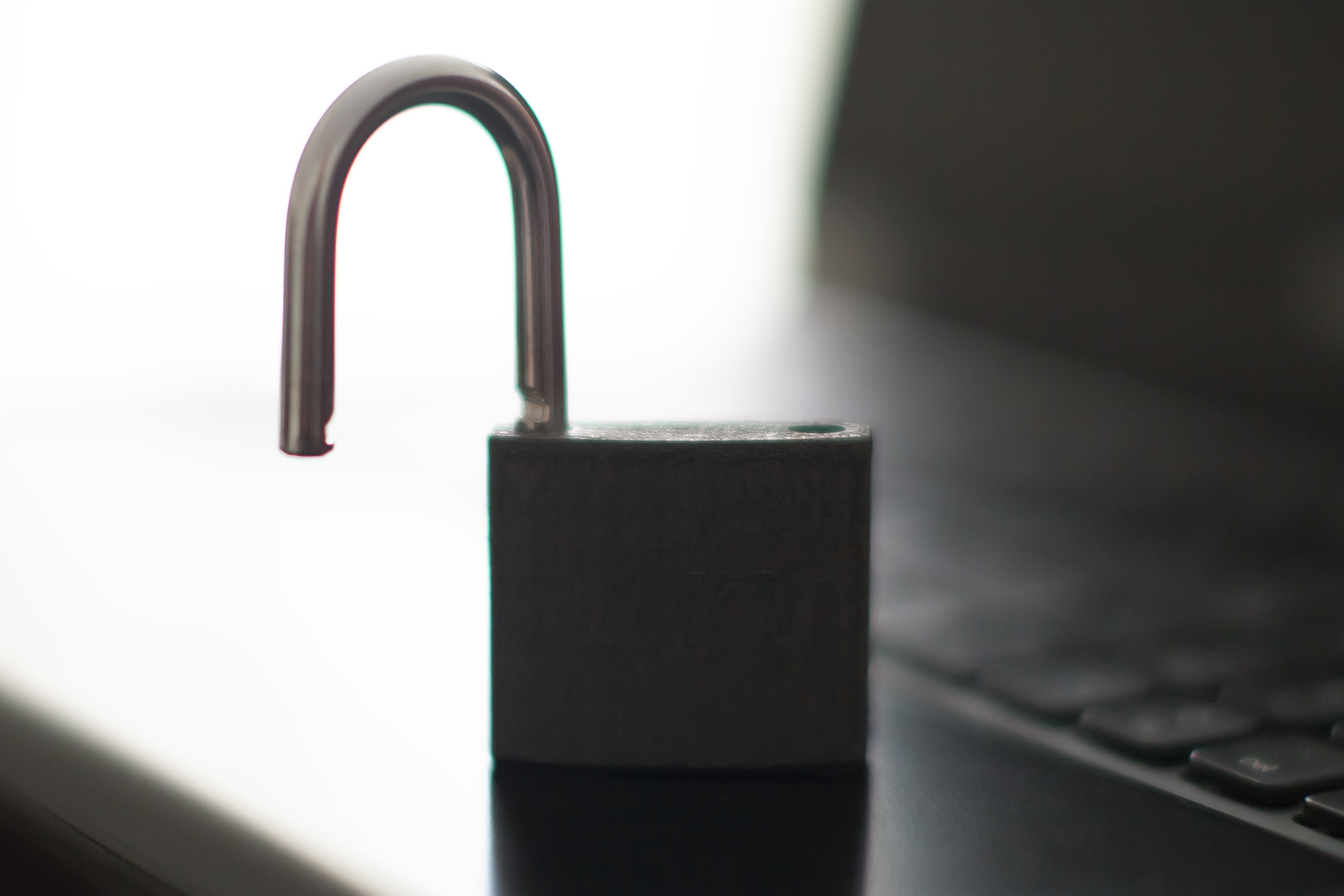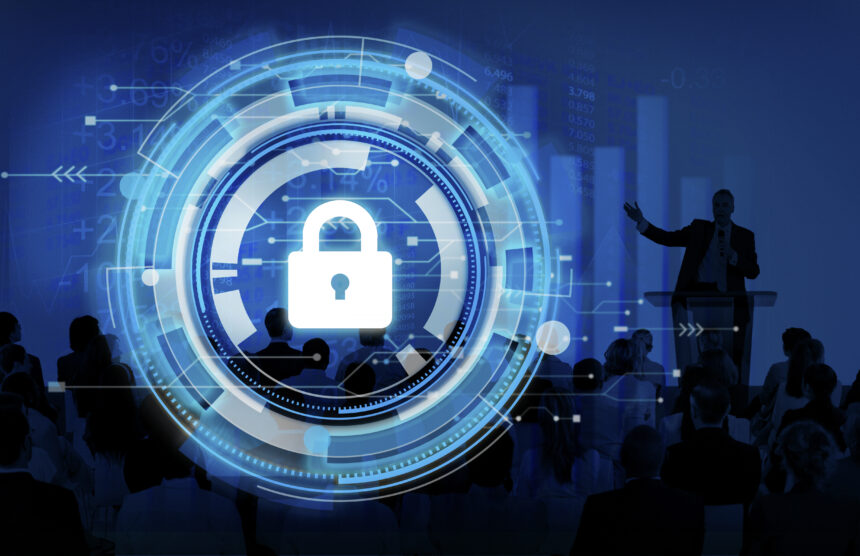You don’t need a giant budget to block the most common threats. This friendly guide shows exactly how to protect logins, harden devices, back up data, and train your team—so one mistake doesn’t become a crisis.

Most attacks are boring, not brilliant: weak passwords, no multi-factor authentication, out-of-date software, or a single click on a fake invoice. The good news: a short list of basics handles most of it. Use this checklist to make small business cybersecurity routine—not a fire drill.
Small Business Cybersecurity: The 12-Step Checklist
- Turn on multi-factor authentication (MFA) everywhere. Start with email, payroll, accounting, cloud storage, and admin consoles. Authenticator apps or hardware keys beat SMS. This single change blocks a huge slice of account-takeover attempts and should anchor your small business cybersecurity plan.
- Use a password manager + length rules. Require 14+ characters, unique per site, no reuse. Password managers make long, unique logins painless and support the rest of your small business cybersecurity hygiene.
- Patch weekly (OS, browsers, plugins, firmware). Pick a scheduled time and stick to it. Turn on automatic updates where possible. Patching closes the door on common exploit kits that thrive when businesses skip updates in their small business cybersecurity routine.
- Backups: 3-2-1 rule. Keep three copies, on two media, with one offline/off-site. Test restores quarterly. Ransomware is scary; tested backups are boring—and that’s why they work in small business cybersecurity.
- Email security basics. Turn on SPF/DKIM/DMARC for your domain and use a modern spam/phishing filter. Teach staff to preview links (hover), verify “urgent” payment changes by phone, and report suspicious emails quickly—core muscles in small business cybersecurity.
- Device hardening. Enforce full-disk encryption, auto-lock screens, and “least privilege.” Remove local admin from daily accounts. Endpoint protection (EDR/AV) should be installed and visible in a dashboard that’s checked weekly as part of small business cybersecurity.
- Vendor & app review. List who has access to your data (bookkeepers, web agencies, SaaS tools). Remove unused accounts, restrict permissions, and require MFA for partners that log in—supply-chain holes can undermine small business cybersecurity from the outside-in.
- Network basics that matter. Change default router passwords, update firmware, and split guest Wi-Fi from business devices. If you use remote desktop, place it behind a VPN with MFA—no exposed ports. These small choices pay big dividends in small business cybersecurity.
- Phishing drills that don’t shame people. Run brief, quarterly simulations. Celebrate fast reporting, not “gotchas.” Pair with 10-minute refreshers on invoice fraud, fake job applications, and bogus shipping updates—real-world patterns that pressure staff in small business cybersecurity incidents.
- Data mapping + access cleanup. Know where sensitive data lives (customer PII, payroll, contracts). Give the fewest people access for the shortest time. Quarterly cleanups become a habit in mature small business cybersecurity programs.
- Incident basics on one page. Who to call, who can reset passwords, how to isolate a device, and where to find backups. Print it. When something goes wrong, the fastest path to recovery is a predictable small business cybersecurity playbook.
- Policy starter + new-hire onboarding. One plain-English page: passwords, MFA, updates, phishing reporting, data handling, and travel rules. Add it to onboarding so your small business cybersecurity culture sticks.

What to Do If Something Feels Off
Unusual login alerts, weird inbox rules, missing files, or a browser that keeps redirecting—treat early signals seriously. Quarantine the device (airplane mode or unplug Ethernet), change passwords from a clean machine, and call your IT contact. A calm, repeatable response is the heart of small business cybersecurity.
Ransomware Reality (and How You Win)
Ransomware usually starts with a phish, a stolen password, or an unpatched server. You win by reducing those three doors and by practicing a restore. If a system is encrypted, wipe and rebuild from tested backups; do not restore encrypted files over good ones. In small business cybersecurity, speed and clarity beat improvisation.
People > Tools: Training That Actually Works
Keep it light and frequent: five-minute micro-lessons in team meetings, plus a quarterly 20-minute refresher. Show two real examples (a fake invoice and a fake DocuSign), rehearse what to do, and remind everyone: reporting is celebrated, not punished. A positive culture is a force multiplier in small business cybersecurity.
When To Get Outside Help
Bring in a managed security provider or virtual CISO when you need 24/7 alerting, compliance reporting (e.g., PCI/ISO), or help building a risk register. Outsourcing parts of small business cybersecurity is normal—own the decisions even if a partner runs the console.

Copy/Paste: One-Page Policy Starter
Use this as a baseline and tailor to your business.
- Logins: password manager required; 14+ chars; MFA on all business apps.
- Updates: devices patch weekly; browsers auto-update; no unsupported OS.
- Email: report suspicious messages; verify payment/bank changes by phone.
- Data: store work files in approved cloud only; no personal USB drives.
- Devices: full-disk encryption; auto-lock at 10 minutes; no shared accounts.
- Travel: avoid public PCs; use hotspot/VPN; lock screens in public places.
- Incidents: isolate device, notify IT, change passwords from a clean device, preserve evidence.
Authoritative Resources (dofollow)
- CISA — Cyber Essentials for Small Businesses
- NIST — Cybersecurity Framework
- ENISA — Cybersecurity for SMEs
- OWASP — Top 10 Application Security Risks
- FTC — Cybersecurity for Small Business
Related Guides on Bulktrends
- 5G vs. Wi-Fi 6: The Battle for Next-Gen Connectivity
- The Ethics of AI: Can Machines Be Taught Right from Wrong?
- Quantum Computing: The Next Frontier in Tech Innovation
- Augmented Reality vs Virtual Reality
Disclaimer: Requirements vary by country and industry. Confirm compliance needs (e.g., PCI DSS, HIPAA, ISO) with a qualified advisor.






